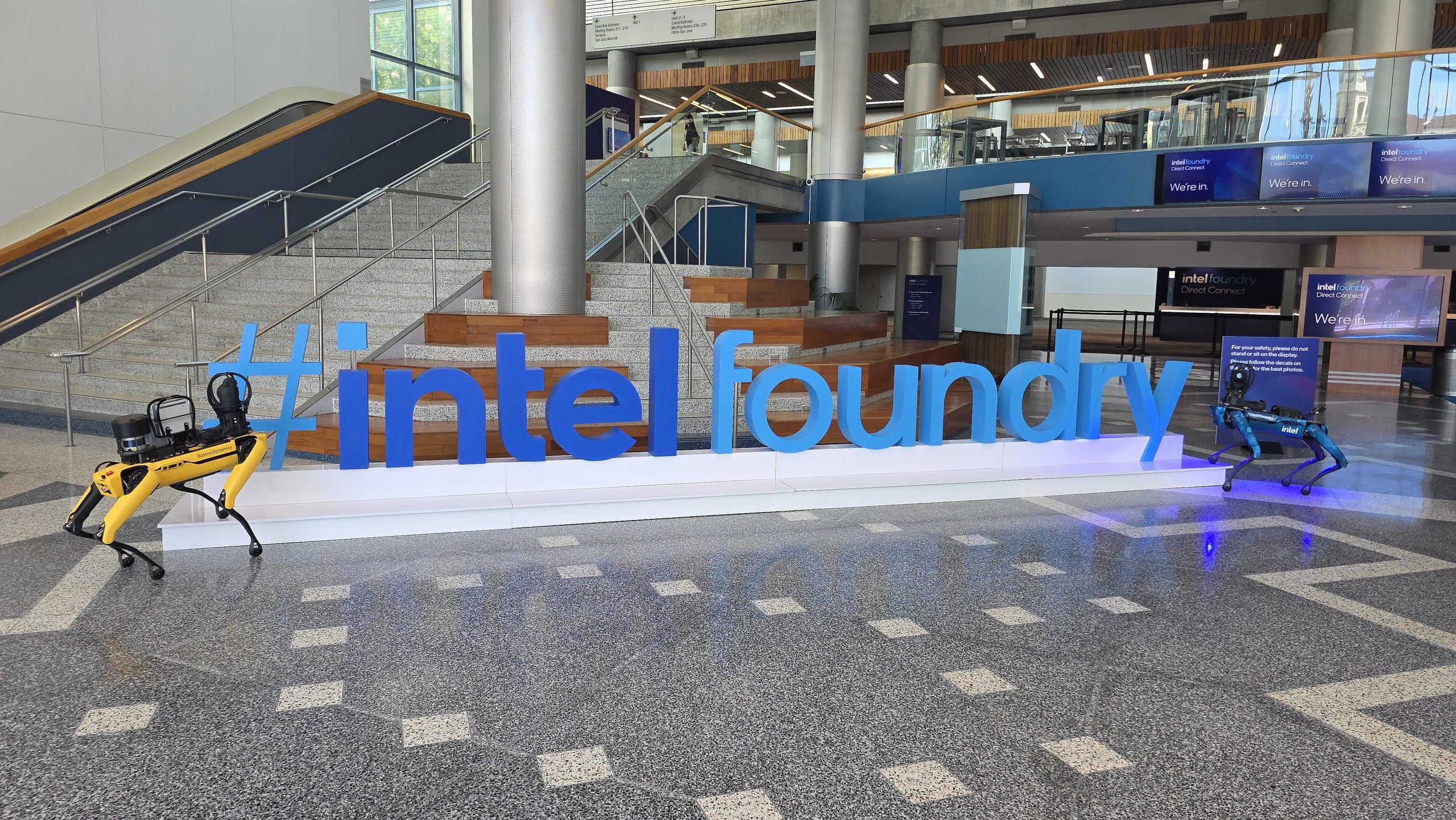No idea about real volume production (I don't have any insider info). You can either trust Pat or not.
From what we now, N2 is supposed to be much better on power than N3, but not so much performance wise (
anandtech). I believe that 18A (or 18AP) will be comparable to N2 performance wise, much better cost wise and worse on power and density. The purpose of backside power delivery is to relax metal pitches and reduce EUV usage -> reduce costs. N2 has no backside power and looks denser than N3B and N3B is supposedly already a quite complex and expensive process.

